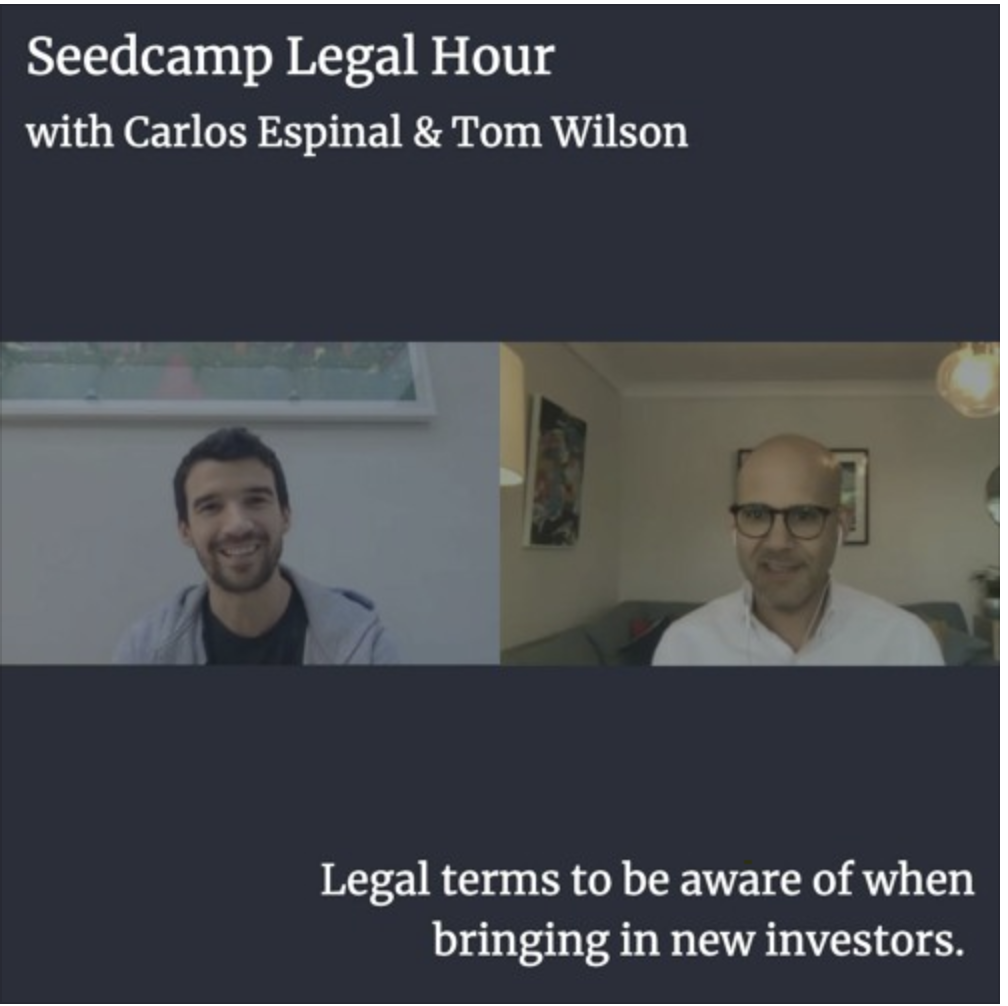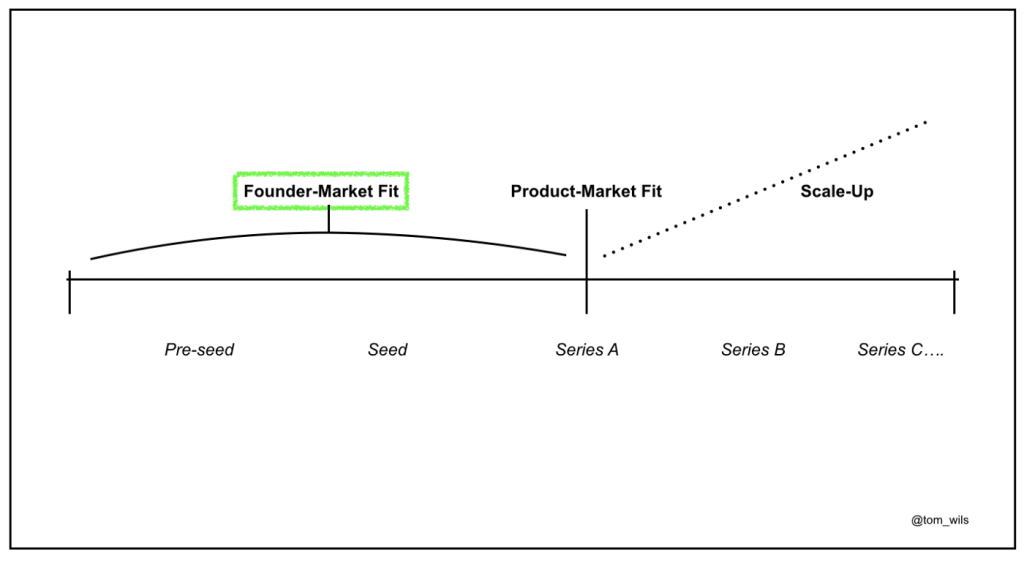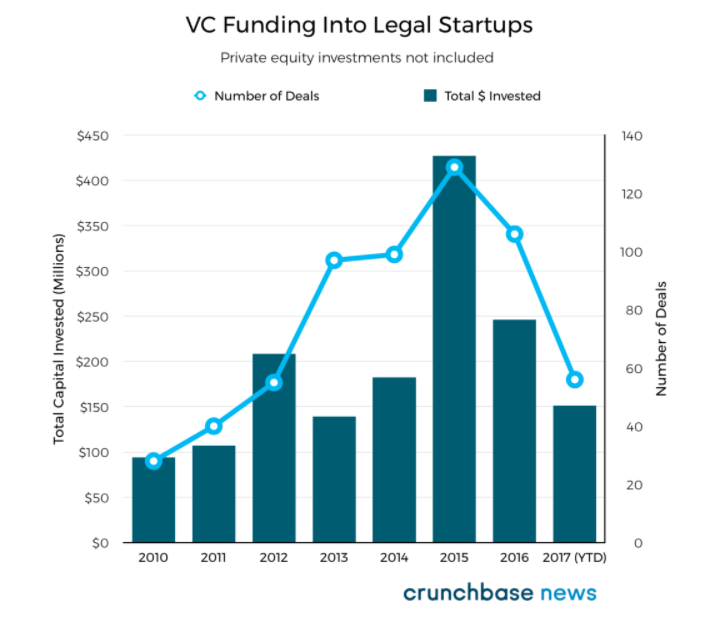Carlos and I recorded 6 episodes of our “Legal Hour” series last year. The episodes covered a variety of topics and issues that we’ve seen early stage founders face over the years. The goal of this series is to shed light on these topics and hopefully arm founders with the knowledge to go into any conversations with confidence and a good basis of understanding of the key points.
In case you missed them first time around, here’s what we covered in each episode and a link so you can catch-up:
Episode 1 – “Legal terms to be aware of when bringing on new investors”
In this episode, we cover different golden rules on how to document and structure an investment round along with key information on how to factor in option pools. It’s also well worth also reading my previous post about down-rounds, uncovering potential concerns for startups fundraising in more challenging market conditions. We also talk about how it’s important to focus on the terms, not the structure, not letting market standard verbiage prevent you from doing your research, and how to always think comprehensively about your terms.
Episode 2 – “Legal structures to be aware of when setting up your next round“
The purpose of this episode is to arm all founders with valuable information to help them make the most knowledgeable decisions, as no founder or investor should be afraid of any legal structures – they are all trodden paths that other founders have gone through, and they are all tools from which to use. The episode covers various legal structures both founders and investors should be generally already familiar with, but going more in depth as to what the considerations should be when going for equity share purchases over convertible structures, or the importance of understanding the different national jurisdiction a company might choose to comply with, and why, discussing the advantages and disadvantages of each along the way.
Episode 3 – “What to be aware of when signing ‘standard terms’“
The term ‘standard documents’ came along not only from wanting to absorb the lessons learned, but also to introduce some level of simplicity in rather complex legal agreements. However, what is defined as ‘standard’ changes depending on various external variables that alongside others include how competitive the market is currently. So, if the standard terms aren’t static, but rather continuously shifting, what should founders look out for before placing their signature on any of them?
Episode 4– “The 6 make or break legal issues to consider when starting a company” (with guest Anthony Rose, co-founder of Seed Legals)
In this episode we go over the six critical things to get sorted legally when you’re just starting a company and how data can empower founders to make better legal decisions.
Episode 5 – “Incentivising your team through Employee Share Schemes – part 1“
Episode 6 – “Incentivising your team through Employee Share Schemes – part 2″(with guest Ian Shaw, Partner at Orrick)
We had so much content for this one we had to split it across two episodes!
To attract and retain the right talent, startups use employee ownership as an incentive scheme. Stock options have become tech’s currency. There is a common fear among founders that dilution resulting from a sizeable stock option pool is too costly. Though, in reality, it is too costly not to incentivise your team properly. Competition for top talent is just too high to afford doing so.
We firmly believe that employee ownership is an essential ingredient in advancing the European startup ecosystem. This is why, in this two part episode of Legal Hour, we dive into the nitty-gritty of employee incentive schemes. Joined by Ian Shaw, a partner at Orrick who heads the London employee share schemes and incentives practice, we discuss everything founders need to know about designing an effective option plan.
In the first episode, we clarify definitions needed to understand share option schemes, commercial terms for employees, and how to walk through the elements that make up a plan with your employees. In the second episode, we dig into specifics around tax structures and option plan structures. Put the kettle on if you’re listening to these back-to-back!










